There's a history regarding the conflict in southern Lebanon and much of that same history follows us to the present and dominates current headlines. Much of it stems from the 1982 war between Israel and Lebanon. And like today, that conflict occurred following repeated missile strikes that would come from southern Lebanon; the main group operating there was the PLO (Palestinian Liberation Organization). The missile and rocket barrages impacting towns and villages surrounding Galilee would inflict civilian casualties on both sides of the border. Operation Peace for Galilee occurred when ANO (Abu Nidal Organization) organized and attempted to assassinate Israel’s Ambassador, Shlomo Argov, to the U.K. This mission launched on June 6, 1982, with the intended goal of removing the PLO from its areas of operation.
Operation Peace for Galilee - 1982 Lebanon War
After the war cabinet approved the war on June 5th, there came three split tactical command groups, which formed the basis for the attack. The western group was comprised of 22,000 troops and 220 tanks led by MG Drori, which would focus on coastal assault forces that would cut past Tyre and make it through to Sidon and Damour to eliminate the PLO’s three camps. The eastern troops were to station in Bekaa Valley to keep the Syrians from reinforcing or providing assistance to its coastal fighters. This maneuver was successful, as they were able to push out the PLO fighters and militia groups from their camps and prevented further attacks on northern Israel. This strategy with movement on foot into urban environments and help from air support and artillery gave the IDF the advantage in this war. The PLO was subsequently removed from Lebanon and eventually settled in Tunisia as their place of operation.
This caused other issues for the IDF with the formation of Hezbollah, as a U.S.-designated terror group as well as a Shi’ite organization funded and utilized as a proxy by Iran to complicate the assault. The war continued until Israel’s withdrawal from southern Lebanon in May 2000.
The ground incursion into Gaza has pushed Hamas to its brink, financially but just as well strategically in the area. With Israel garnering international attention for its conduct of the war, Hamas has all but faded from the headlines, with Hezbollah reigniting old rivalries by using the conflict to launch more strikes into Israel. Hezbollah has shown increased capabilities from the previous war in 1982, where mines and planted devices were utilized and carefully planted, Hezbollah now employs drones, wire-guided munitions, and remotely detonated bombs. The concern therein lies with drones that can evade Israel’s anti-missile capabilities, which Iran is aware of with the most recent missile barrage—around 180 missiles were launched toward various locations within Israel—on Oct 1, 2024, which failed to impact or have any strategic value for Iran.
Even with the killing of Yahya Sinwar, the organization appears ready to replace its leadership akin to what Hamas did and continue with the current war, as Hezbollah in Lebanon has proven more formidable than Hamas fighters in Gaza. Drones are more unpredictable in their interception, Hezbollah also utilizes guerrilla hit-and-run mortar runs in conjunction with drone barrages.
But now that airstrikes have impacted the banks in Tyre on Al-Qard Al-Hassan Bank, Hezbollah's funding machine has progressively slowed. This institution provides funds for the organization to purchase munitions and drone parts for attacks against Northern Israel. With the current approach appearing more gradual by the IDF compared to past conflicts; Hezbollah has more resources along with a larger number of fighters than Hamas. Many more missiles have been lobbed into Israel following the pressure in southern Lebanon, with 120 rockets being used on October 24, according to CTP-ISW data.
Not without its consequences, Israel faces growing pressures to end the war. From the current U.S. standpoint, neighboring Arab States are calling for lasting ceasefires, an end to the war, and the return of hostages taken by Hamas. Within Israel, there is a growing call by the populace to return hostages taken by Hamas for some form of ceasefire, and according to Pew Research, 68% say they are concerned about the continuation of the war. The fighting rages on against Hamas and Hezbollah; the mission from the perspective of the current Israeli government is to flush out Iran’s proxies and Palestinian militants with no change in the current strategy.
Hezbollah's ability to pick up and fight after launching attacks is well understood by the IDF, with Hezbollah claiming it would escalate attacks after incursions into southern Lebanon. Even going as far as targeting Prime Minister Benjamin Netanyahu’s home at Caesarea on October 19, 2024 in an attempted precision drone attack which raises the dangers posed by the terror group. The Prime Minister was not at his residence and responded by saying, “The attempt by Iran’s proxy Hezbollah to assassinate me and my wife today was a grave mistake,” with a focus on continuing the war against Hezbollah.
The strikes in Beirut have slowed, but not deterred officials within the Hamas or the Hezbollah hierarchy, with more strikes in the form of 180 rockets—within and around Haifa—with one killed and several wounded, and light damage to surrounding buildings. On October 26, just before dawn, a strike by Israel was conducted on Iranian military sites purported to have been used as long-range missile manufacturing sites. Two Iranian soldiers have been killed as a result of the retaliation by Israel, followed by multi-pronged strikes on facilities in southern Syria and Basra, Iraq. There isn’t enough information as to the extent of damage by Iran, as it is still being assessed.
The war creeps closer to nation states coming head-to-head in full conflict with Lebanon as an emerging front for airstrikes—the thousands in southern Lebanon of which have slowed Hezbollah’s progress— raises the question of whether Israel’s war aims will progressively slow down on multiple fronts or continue to ramp up with continued support from the U.S. and Germany.
Israel’s tactics at the time had shifted towards the PLO in Lebanon and removing them from power, but the consolidation of the varying groups pushed out militias favorable to Israel. Hezbollah, as an amalgamation of these proxy forces along with left-over Shi’a factions, has formed the more organized Hezbollah of today.
Today, Israel is dropping more of their airstrikes south of Tyre near Al Haniyya and roads leading upwards into Tyre and into Nabatieh, which has claimed 16 lives including the mayor of the city. Following these airstrikes, Israel has dropped munitions in the Bekaa Valley against what it says are Hezbollah targets. The Shi’ite militia is known to have loyalty in these regions of Lebanon with civilians caught in the crossfire; many of them are departing due to the war causing swaths of collateral. Much of the infrastructure Israel says it is targeting sits close to civilian populations and living centers, which militias and terrorist organizations utilize as a 'shield’ and create justifications for strikes on these areas as operation centers for malicious actors. Another conflict between Lebanon and Israel happened within 34 days in July 2006 between Israel and Hezbollah.
34-Day War
This particular conflict occurred as a quick border clash that ended with the kidnapping of several Israeli soldiers and the execution of eight. Not uncommon between the conflict now and 2006 is that Israel had targeted stockpiles, missile depots, supply caches, and other valuable targets in the region.
The strike had incredible success in removing the Iranian-produced Zelzal rockets, which are used in long-range strikes. Along with the removal of such weapons systems, Israel’s war aim at the time was to push Hezbollah and its adjacent militias north of the Litani River to maintain the distance between Hezbollah’s effective firing ranges and northern Israel.
A response to the Lebanese Civil War of the 1970s was to combat Israel’s push into southern Lebanon. The U.S. has made it clear they do not want Beirut to be the target of more strikes or have limited interactions, unlike that of the “Siege of Beirut” in 1982. This event saw the encirclement and siege of the entire city, adding it didn’t want to sustain any more losses than needed and proceeded with artillery, airstrikes, and naval firepower centralized within the city's epicenter to dissuade the PLO from its ongoing aggression.
The outcome was that Israel lost considerable momentum in the form of personnel; even with successful strikes on high-value targets and supply caches, the IDF had casualties that made it hard to justify further incursion. The end of hostilities came with UN Resolution 1701, where the Lebanese government and Israeli government, along with Hezbollah, agreed to cease combat and remove personnel—both IDF and Hezbollah—from these regions. There isn’t a likely resolution that will spring out of today’s conflict; the manner in which war is conducted along with the strategies employed have adapted over the years. The usage of drones and precision-guided munitions limits the cost of war, but increases those for personnel on the battlefield.
Israel appears now to have the same prior concerns and is utilizing more airstrikes instead of pushing on the ground to soften areas before a push northward is attempted. The dissonance between both groups appears to be in its beginning stages; even with Hezbollah leadership being quickly disposed of, there is rapid assimilation into leadership roles by the terror group. A larger troop movement is likely in the coming months as the IDF maneuvers north into southern Lebanon and from the eastern edges of Lebanon as the war continues.



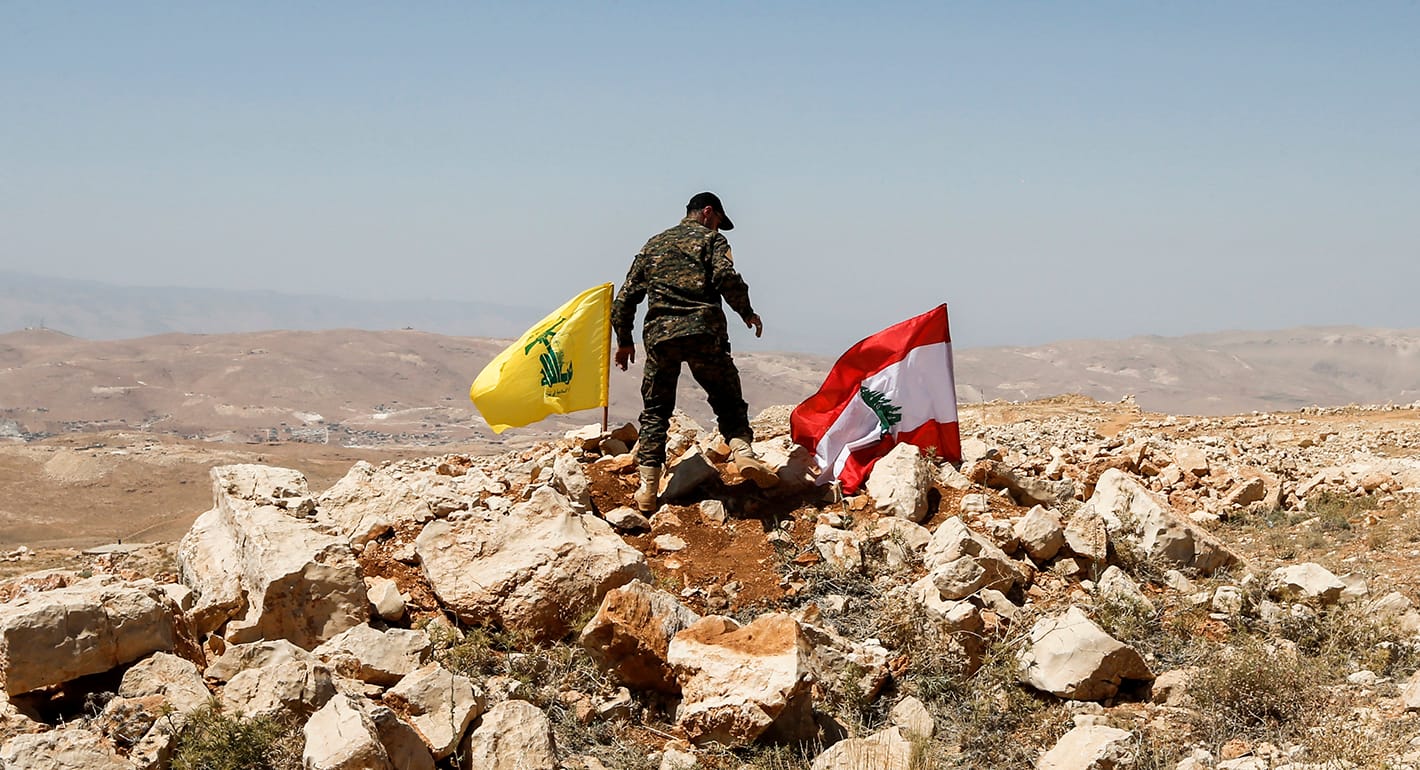
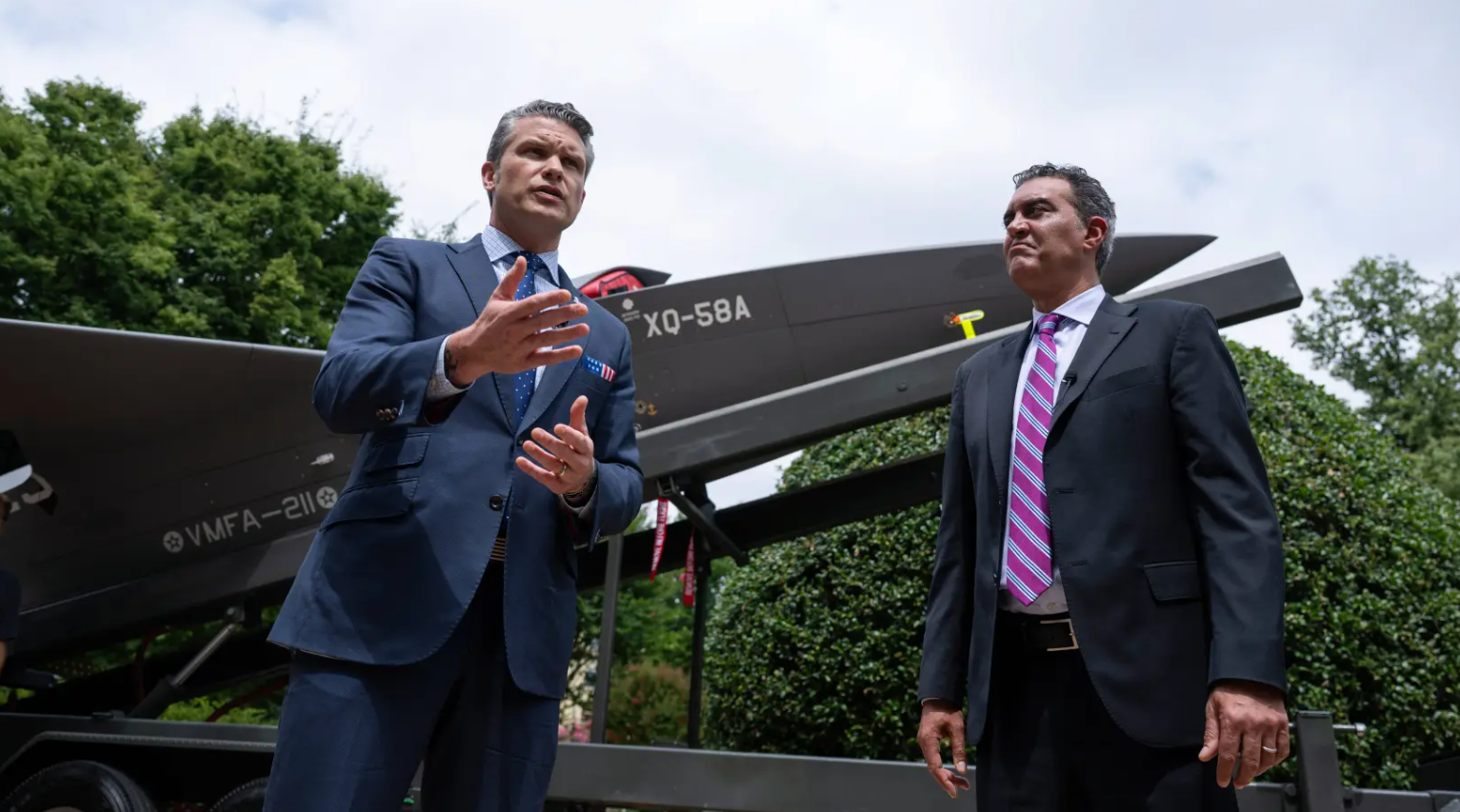



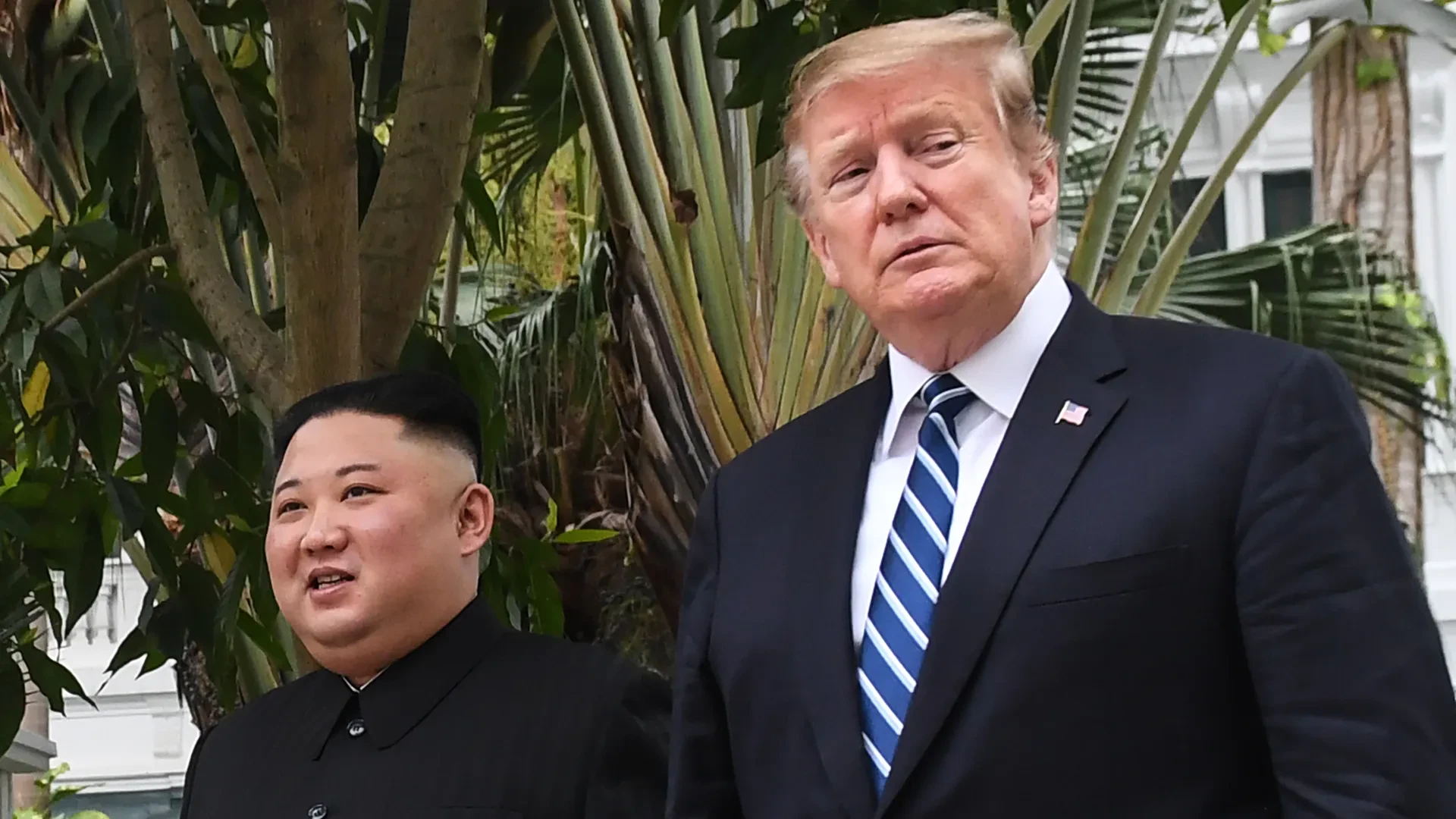
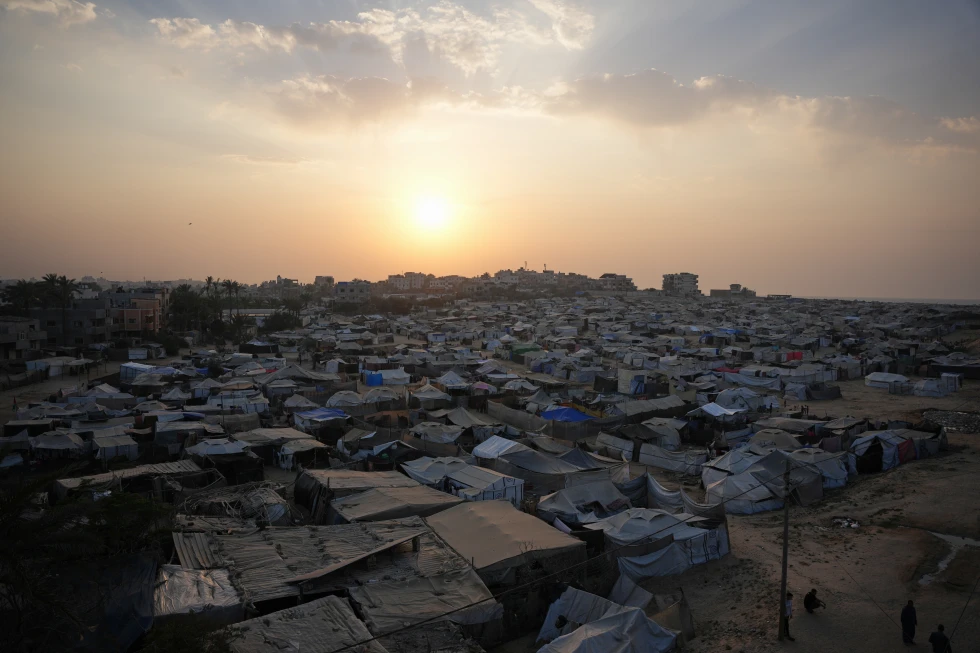
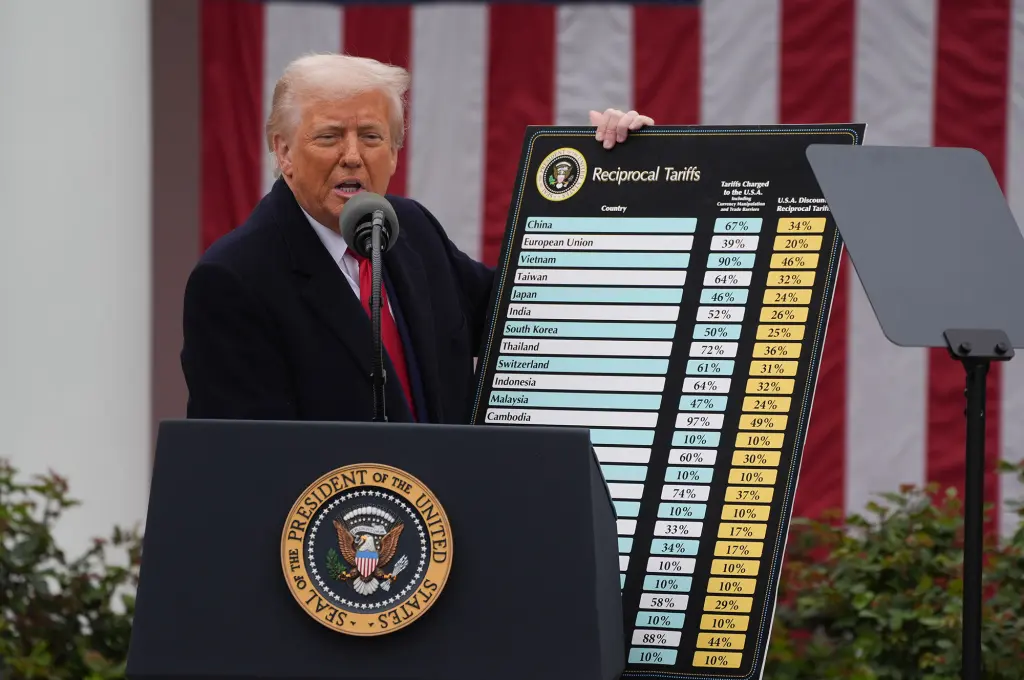
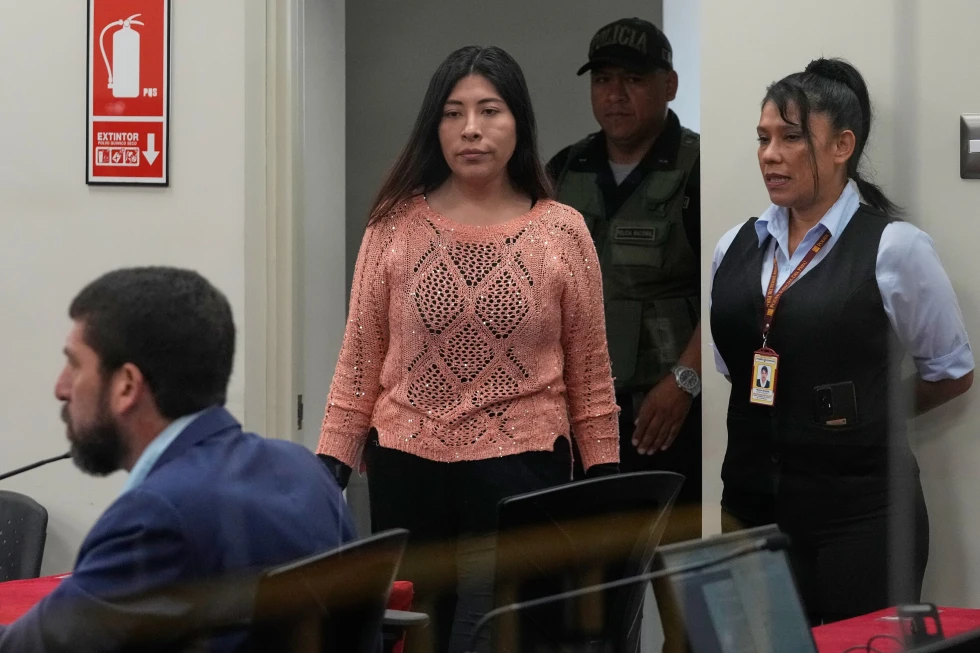
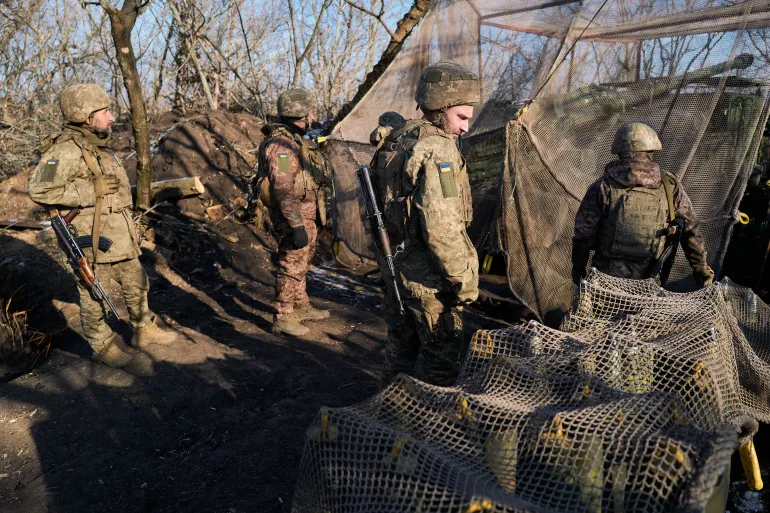

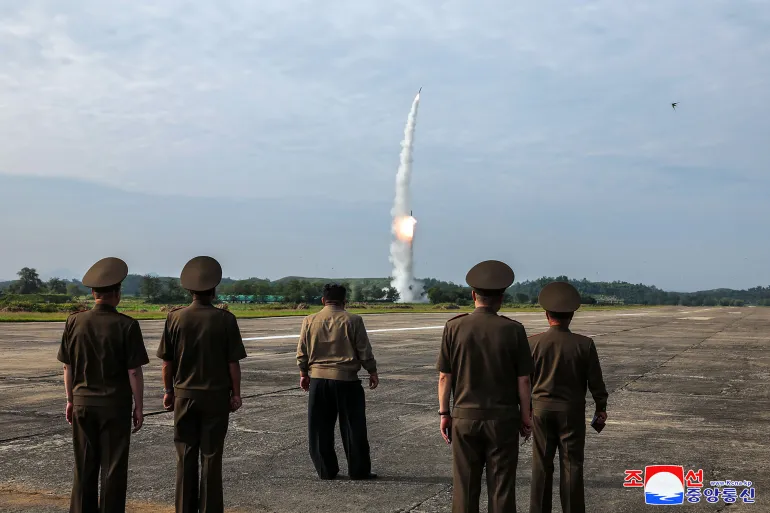

Discussion